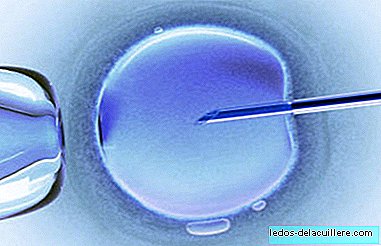
A comprehensive study has just been published in The New England Journal of Medicine that has tried to answer the question of sand assisted reproduction techniques are related to a higher percentage of congenital defects and problems such as cerebral palsy and others detected before the child's fifth birthday.
The research was carried out on more than 300,000 pregnancies and analyzed factors such as fertility problems prior to pregnancy, conception by natural methods, by in vitro fertilization and by intracytoplasmic injection, taking into account the problems detected in babies born and pregnancies that did not reach term always with weights over 400 grams and gestational ages over 20 weeks.
The conclusion was that pregnancies by natural methods had lower percentages of birth defects, being followed in a non-significant way by those produced by in vitro fertilization. However, the rates of fetal defects were higher in the pregnancies with intracytoplasmic injections reaching almost 10 percent of cases.
The study, however, does not conclude that necessarily the technique is the cause of this higher percentage of birth defects, but could rather be attributed to multicausal factors, highlighting the low quality of male sperm, which are precisely what make the use of this technique necessary.
The fundamental conclusion is that, given the reality of these risks, the parents who come to the fertility treatments they must be aware of the data to assume the increased likelihood of these birth defects and problems associated with birth.












